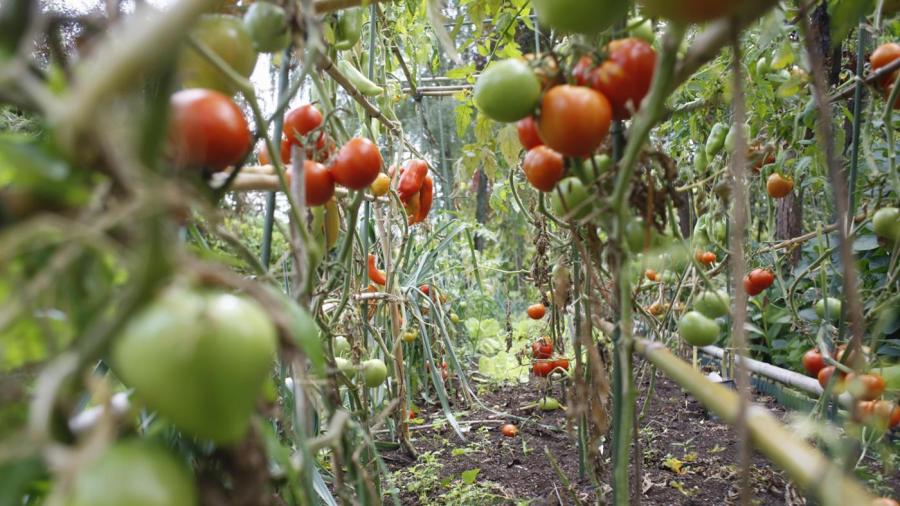Why Are My Homegrown Tomatoes Mushy?

Tomatoes can become mushy due to incorrect watering practices or extreme temperature fluctuations during the growing season. In other cases, homegrown tomatoes may be mushy due to the type of tomato being grown, as some tomatoes inherently have a more mushy or mealy texture. Growers should select late-season producers and avoid paste and beefsteak-type tomatoes for the best and most consistent texture in home-grown tomatoes.
Tomatoes have a high water content, and both over- and under-watering can create texture issues with ripened tomatoes. Growers should soak tomato plants thoroughly every two or three days to avoid stressing the plants with excess water. It’s necessary to allow the ground to dry well between watering to end up with firm-textured tomatoes.
Tomatoes thrive in hot, sunny conditions. When temperatures drop below 50 degrees Fahrenheit, tomatoes tend to get mushy. If a cold snap is predicted after fruit develop, it’s advisable to cover the plants at night to protect them from damage and impending mushiness. For the same reason, storing tomatoes in the refrigerator can also lead to a mushy texture. It’s better to store tomatoes on the counter and eat them at the height of their ripeness. Overripe tomatoes also become mushy, so eating them shortly after ripening is another helpful way to avoid mushiness.





